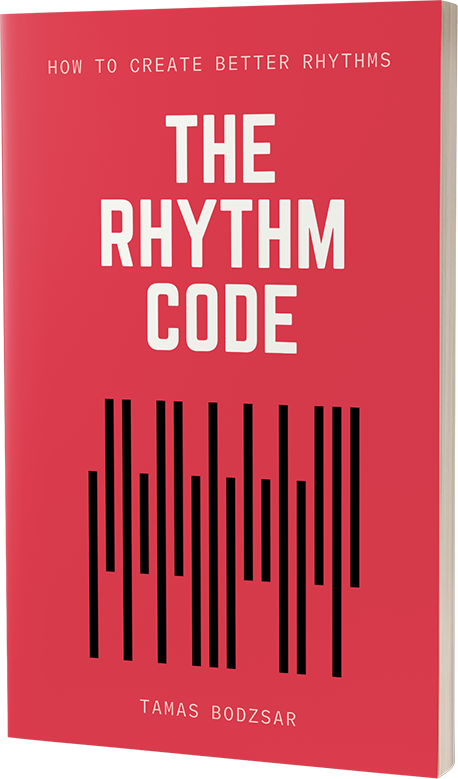In the 1940s, 50s, and in the early 60s, a new genre emerged from rhythm and blues, which is called doo-wop. Doo-wop groups typically sing with little or no instrumentation (acapella), with a big emphasis on vocal harmonies. The funny name came from the fact that these vocal groups were singing meaningless syllables, for example, to imitate a bass sound.
Most doo-wop songs are written by using the very same chord progression, which is called the “doo wop chord progression”, or also known as the “50s progression”.
I – VIm – IV – V
The chord progression is built up from only four chords, here is it in the key of C major:
C – Am – F – G
I – VIm – IV – V
The first known song that used this chord progression is “Blue Moon” by Richard Rodgers from 1934.
There are a few things you should know about this chord progression.
– The typical doo-wop chord progression is using only diatonic chords, which means that they are using only chords from within the key.
– These four chords are the most popular chords of all time. Sometimes they use them in different orders, for example, I – V – VIm – IV.
– The chord progression contains all the main functions of the key (subdominant, dominant, tonic), and also one minor chord.
Is this a chord progression that you can only use in old-school style songs?
Not at all! There are many songwriters who still use this chord progression. One of the examples is the song “Perfect” by Ed Sheeran. This song is in the key of Ab major.
Ab – Fm – Db – Eb
I – VIm – IV – V
But notice that he is only using this chord progression in the verse and in the pre-chorus. However, he changes the order of the four chords in the chorus:
Fm – Db – Ab – Eb
VIm – IV – I – V
The same four chords, but in a different order.
Another example is the song “We Are Young” from the band Fun. Different parts of this song use different chord progressions, and they use the I – VIm – IV – V chord progression only in the chorus of this song. This song is in the key of F major, so here is the chord progression of the chorus:
F – Dm – Bb – C
I – VIm – IV – V
The next example is the song “Marvin Gaye” by Charlie Puth. This song is in the key of E major. Notice that the song and the music video have a very nostalgic feeling, so maybe the classic chord progression also helps to create this mood.
They only use the I – VIm – IV – V (E – C#m – A – B) chord progression in the verse and in the chorus, but there is a different chord progression in the pre-chorus:
G#7 – C#m – F# – A – B
III7 – VIm – II – IV – V
Another example is the song “Just Like A Pill” by Pink. The song is in the key of A major, and they use the doo-wop chord progression in the verse and in the chorus. And like in the previous example, the pre-chorus has a different chord progression.
The verse and the chorus:
A – F#m – D – E
I – VIm – IV – V
The pre-chorus:
D – E – D – E
IV – V – IV – V
By the way, it’s very common to exclude tonic chords from the pre-chorus!
Other variations
A very common variation of the doo-wop chord progression is when they substitute the main subdominant chord (IV) with the IIm chord, which is also a subdominant chord. For example, in the key of C major:
C – Am – Dm – G
I – VIm – IIm – V
Substituting the IV chord with the IIm chord is mostly used in jazz, but you can also find examples in popular genres. For example, part of the song “You Are Not Alone” by Michael Jackson uses this chord progression. However, other non-diatonic chords are also used in other parts of this song.
Another possible variation is when they omit the V chord from the chord progression.
For example, the chorus of the song “Just The Way You Are” by Bruno Mars is using almost exactly the doo-wop chord progression, except there is not V chord in it:
F – Dm – Bb – F
I – VIm – IV – I
When you end the chord progression with the V chord (before you turn back to the I. chord), it will sound more “classic”. But for me, ending the chord progression with the IV chord sounds more like “modern pop”.
Another possible variation of the doo-wop chord progression is when you start the “loop” from a different chord than the I. For example, the song “Viva La Vida” by Coldplay starts with the IV chord:
Db – Eb – Ab – Fm
IV – V – I – VIm
The chords are in the same order, but they start the loop on a different chord.
The secret pattern behind successful songs
Get the eBook for $7

